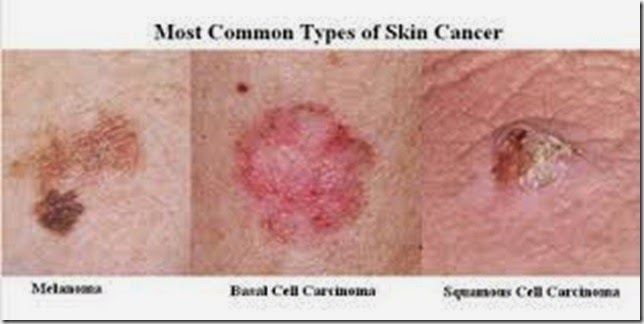Skin cancer can develop in the early stages of your life and it may begin where you see it. The first signs may be a changing mole, a slowly growing bump or even a scaly and dry rough patch. It is of note that most skin cancers can effectively be cured, especially when they are treated before they spread.
The primary key to a skin cancer free life is to detect skin cancer early and this can be done by knowing your skin. Check your skin on your own and if you notice a growing lump or a particular spot that is starting to grow, change or bleed, schedule an appointment to a professional dermatologist.
Skin cancer is one of the most common types of cancer, especially in the United States. While skin cancer can be very dangerous, early detection makes it even more curable. It pays more to have an in-depth understanding of the disease so that you won’t be counted with the millions of people who are suffering from skin cancer today.
Important Facts to Know About Skin Cancer
Fact #1. There are basically three skin cancer types: Melanoma, Squamous cell Carcinoma and Basil Cell Carcinoma, each of which has different characteristics that you need to know.
v Melanoma
Melanoma starts in the cells that produce skin pigments – the melanocytes. It also often begins as an abnormal mole that turns cancerous that may spread quickly. This type of cancer usually appears on individuals with fair skin, but people with any skin type may also be effected.
v Squamous Cell Carcinoma
Although it is more aggressive as compared to the other two skin cancer types, this is very treatable. This accounts for about 20% of all skin cancers, This type of cancer may appear as red and scaly skin patches or nodules and may be found on areas with much sun exposure, such as the mouth, lips, ears and face. However, squamous cell carcinoma can easily spread throughout the other body parts if left untreated.
v Basil Cell Carcinoma
This type of cancer accounts for about eighty percent of the entire skin cancers. This is a highly treatable skin cancer that starts in the epidermis’ basal cell layer and grows slowly. It usually appears as a small nodule or shiny bump on the skin, especially on those areas that are more exposed to the sun like the face, hands, arms, neck and head.
Fact #2. Using indoor tanning beds may increase your likelihood of suffering from melanoma by seventy-four percent. It is important to note that melanoma is the most dangerous type of skin cancer.
Fact #3. Fair-skinned people are more prone to skin cancer than those with brown or darker complexion. This is especially true for those with red and blond hair. Skin cancer is also rare in children.
Fact #4. The more you expose your skin to sun, the greater your likelihood of having skin cancer. According to research, sunburns in the early life of an individual increase the risk for skin cancer later in his/her life.
Fact #5. The National Cancer Institute revealed that a change in the shape, feel, color or size of any existing mole is the very first sign of melanoma. If you notice any chance in your mole, seek professional help immediately. This is important to obtain expert assistance and effective treatment right away.

